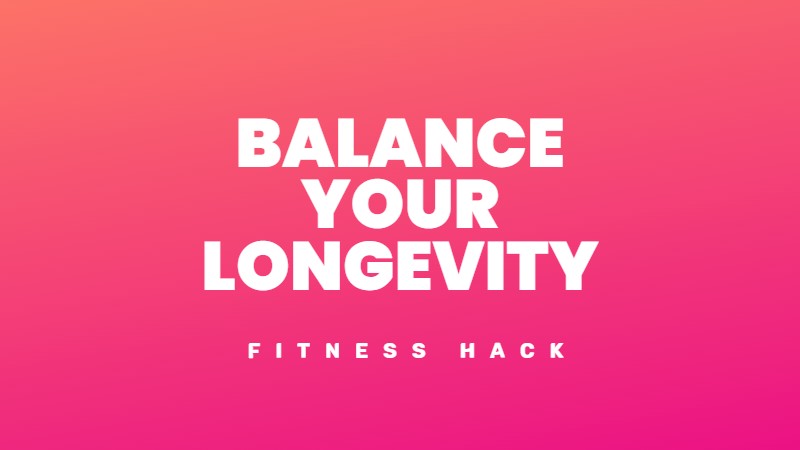The grounding technique to calm your anxiety
Anxiety can feel like a whirlwind of racing thoughts and physical discomfort, leaving you feeling overwhelmed and out of control. A simple technique can help you find calm amidst the chaos. This emotional hack involves engaging your senses to redirect your focus from anxious thoughts to the present moment.
How does the 3-3-3 grounding technique work?
When we’re anxious, our minds often fixate on worries about the future or regrets about the past. By consciously turning our attention to our immediate sensory experiences, we give our minds a much-needed break from this anxiety loop.
Step-by-step guide
As you engage each sense, take slow, deep breaths. This helps activate your body’s relaxation response, counteracting the physical symptoms of anxiety like a racing heartbeat or tense muscles. You can repeat this process as often as needed until you feel more centred and calm.
Alternative steps
In addition to the steps mentioned above, you can customize the sensory grounding technique to suit your individual preferences and needs. The key is to find what works best for you in the moment. Experiment with different variations of the sensory grounding technique and pay attention to which combinations feel most effective in helping you regain a sense of calm and presence.
The beauty of sensory grounding lies in its accessibility – you can use this technique anytime, anywhere, without any special tools or skills. It’s a portable, discreet way to manage anxiety on the go, whether you’re at work, in a social setting, or at home.
Over time, regularly practising sensory grounding can help you develop a greater sense of control over your anxiety. You’ll train your brain to shift focus from anxious thoughts to the present moment, a key aspect of mindfulness. This can lead to increased emotional resilience and a more balanced perspective.
Practical tips
Exemplos da vida real
During a stressful meeting
Imagine you’re in a tense team meeting, and you feel your anxiety starting to rise. Discreetly begin sensory grounding by observing three things in the room, like the pattern on a colleague’s tie or the grain of the wooden table. Then, listen and focus on the hum of the air conditioning, the clicking of a pen, or the muffled conversation outside the room. End the routine by pressing your feet on the floor, gently stretching your fingers, or taking a deep, quiet breath.
Waiting for an appointment
Consider the scenario of waiting for an important medical appointment, your mind racing with worries. Begin sensory grounding by looking around the waiting room, spotting three visual details like the artwork on the walls or the plants in the corner. Proceed with three sounds, such as the gentle rustling of magazine pages, the soft murmur of conversations, or the soothing sound of a water feature in the room. Finally, engage in three subtle movements to help release physical tension and anchor yourself in the present. You might try gently rolling your shoulders back and forth, slowly clenching and unclenching your fists, or taking a few deep, calming breaths, focusing on the sensation of the air moving in and out of your lungs.
A moment of social anxiety
Picture yourself at a crowded social event, feeling overwhelmed and self-conscious. Find a quiet spot and start sensory grounding by identifying three things you can see, like the decorations or the food on the buffet. Next, listen for three distinct sounds: the lively chatter of people mingling, the soft background music, or the clinking of glasses as people toast and celebrate. Finally, engage in three discreet movements to help release tension and ground yourself in the moment. You might try subtly rolling your shoulders back and down, gently pressing your feet into the floor, or taking a few slow, deep breaths, focusing on the sensation of your chest rising and falling.
By combining visual, auditory and physical grounding techniques, you can regain a sense of control and presence, making your situation feel more manageable and less overwhelming.




Deixe comentários sobre isso